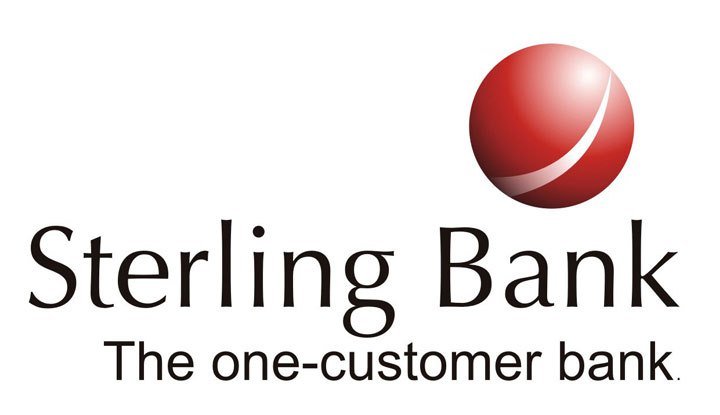Dr. Abayomi Abidakun
In the modern business environment, the long-standing perception of leadership as an exclusive male preserve is rapidly being dismantled. Once defined by control, aggression, and conflict-resolution, leadership today is evolving into a more inclusive paradigm—one marked by emotional intelligence, empathy, ethical integrity, and innovation.
These are qualities increasingly recognized as being more pronounced among women in leadership. As businesses search for more sustainable, ethical, and dynamic models for growth, data-driven insights now suggest that more women in positions of power could be the transformative shift needed to improve not just corporate culture, but bottom-line performance.
The historical entrenchment of masculinity in leadership narratives is hard to ignore. Leadership traits such as assertiveness, decisiveness, and the ability to manage conflict have traditionally been associated with men. This framing has, over time, created a corporate architecture that favors a specific behavioral style, subtly disadvantaging women despite evidence of equal—if not greater—effectiveness. Scholars like Hyde (2014) have shown that when measured objectively, there are no significant gender differences in leadership effectiveness. The problem lies not in capability, but in perception and access.
Contemporary workplaces, especially in sectors like healthcare, demand swift, coordinated responses to crises—capabilities that both male and female leaders possess. Yet, studies have found that women in such environments are more likely to temper assertiveness with empathy, offering apologies or explanations to maintain team harmony. The emotional intelligence that characterizes many female leaders is now being recognized as critical to successful team dynamics and long-term organizational trust. The traditional masculine framing of leadership, according to Acker (1990), is a systemic construct designed to maintain discrepancies between men and women, often to the disadvantage of the latter.
Despite this, the leadership landscape is gradually shifting. More women are entering the workforce with high levels of education and experience. Their increased visibility and contribution at all levels should logically translate into greater representation in top roles. However, gender discrimination remains a persistent barrier. Women disproportionately report experiences of bias based on gender identity, with a significant generational and political divide on perceptions of gender-based prejudice. These perceptions are not just anecdotal; they are validated by numerous global studies, including the World Economic Forum’s Gender Gap Report.
Women bring a unique lens to leadership. Their approach is holistic, relational, and forward-thinking. Female leaders often demonstrate a superior ability to connect the dots between different aspects of the business, fostering a broader vision that transcends the silos typically seen in male-dominated leadership structures. Traits commonly associated with successful female leadership include resiliency, inventiveness, ethical integrity, and the ability to navigate complex human dynamics with compassion and clarity.
Studies have found that women are more inclined to advance the quality of life in their workplace, demonstrate honesty, and make value-driven decisions even under pressure. These qualities are not just good for employee morale—they are increasingly linked to better stakeholder engagement, brand loyalty, and financial performance. According to Council (2017), the core competencies of female leaders include influence, collaboration, multitasking, emotional intelligence, and the ability to challenge conventional thinking. These traits are not ancillary to leadership success—they are becoming central to it.
Moreover, women leaders are frequently visionary and results-oriented. They possess the confidence and determination to persevere through obstacles, all while nurturing the teams they lead. Democratic in style and sociable in interactions, they encourage inclusivity, which has been shown to foster innovation and creativity in the workplace. This participatory approach is often in contrast to hierarchical, top-down models that limit collaboration and creative problem-solving.
Still, the journey from the margins to the mainstream is not without barriers. The concept of the “glass ceiling” remains a powerful metaphor to describe the invisible, yet very real, obstacles that prevent qualified women from rising to top leadership positions. First introduced by Marilyn Loden, the glass ceiling points to vertical discrimination that persists despite credentials, performance, and merit.
Cotter and his colleagues identified four characteristics of this phenomenon: gender disparities unexplained by job-related factors, those that widen at higher levels, disparities in career progression opportunities, and those that increase over time. These elements continue to shape the leadership terrain for women.
Some critics argue that the glass ceiling is a myth, pointing to personal choice and family commitments as reasons women remain underrepresented in senior roles. However, this perspective oversimplifies a complex issue. Research shows that a male-normed corporate culture, biased organizational structures, and decision-making processes contribute significantly to the problem. Business managers often perceive women as more likely to experience work-life conflict, reducing their chances of being considered for leadership roles, regardless of actual performance or commitment.
There are multiple dimensions to the challenges women face. On an individual level, women often juggle professional aspirations with familial responsibilities. Organizationally, opportunities for leadership are more frequently offered to men, either due to unconscious bias or entrenched stereotypes.
Interpersonal dynamics also play a role, with fewer mentorship opportunities, limited access to influential networks, and reluctance among decision-makers to invest in female talent. Situational factors such as flawed hiring and promotion criteria and a lack of long-tenured female executives further exacerbate the problem.
ALSO READ: LEVERAGING OPPORTUNITIES IN AI FOR BUILDING SUSTAINABLE BRANDS
Yet despite these systemic hurdles, data continues to show that companies with more women in leadership outperform their peers. They report stronger financial returns, higher employee engagement, and enhanced reputation among stakeholders. Their ethical compass and relational approach to leadership foster transparency and trust—two qualities that are increasingly valuable in a hyper-connected, accountability-driven world.
The time has come to move beyond tokenism and diversity checklists. Organizations must make intentional, structural changes that promote gender parity at all levels of leadership. This includes re-evaluating recruitment, promotion, and retention strategies to ensure that women are not just included, but empowered.
As we rethink leadership in the contemporary workplace, we must recognize that the future of business lies not in maintaining outdated power structures, but in building inclusive, dynamic teams led by individuals who reflect the diversity of our global society. Women are not only ready to lead—they are uniquely equipped to guide businesses toward a more ethical, innovative, and successful future.
This article draws from a recently published academic work by Dr. Abayomi Abidakun of the College of Management and Technology, Walden University, Minnesota, and Ebiye Mary Agbai of the Faculty of Education, University of Regina, Saskatchewan, Canada


















